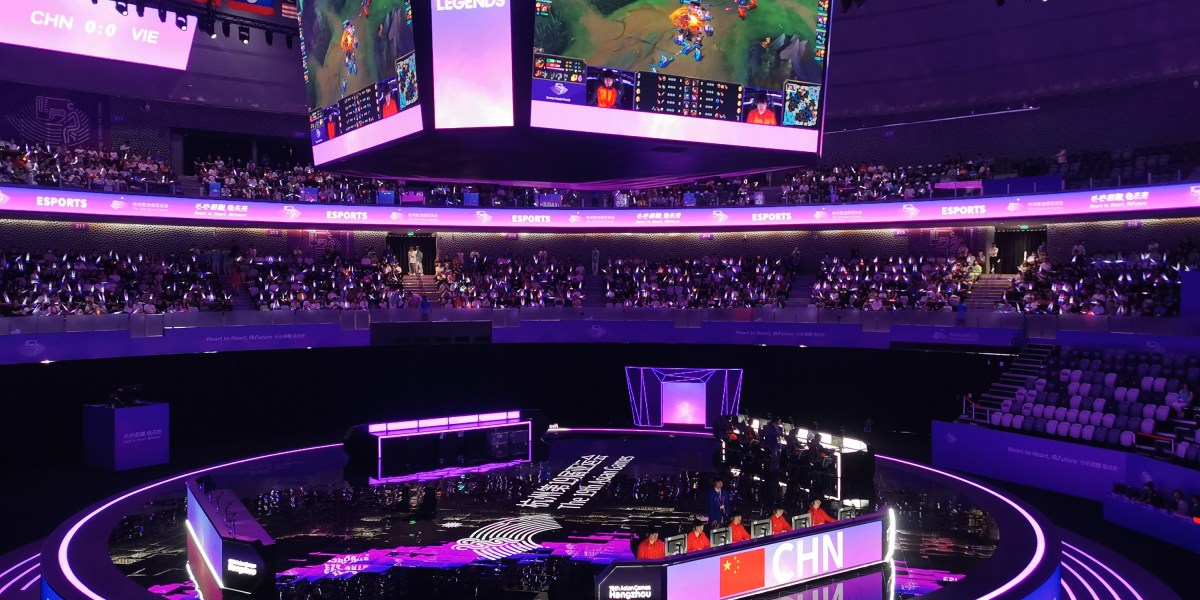
This was either a teenage gamer’s dream or their parents’ worst nightmare, depending on who you ask. But it’s real: For the first time in history, e-sports is an official, medal-earning event at the Asian Games, the continent’s regional version of the Olympics, which opened last week. Over 20 countries competed in seven e-sports games.
What’s wild to me is that these events are attracting more interest than the Asian Games’ traditional sports. Of all the competitions taking place, e-sports is the only one in which arena tickets were sold on a lottery basis because of skyrocketing demand. There were over 5 million lottery entrants for all the e-sports events; each had a 0.5% chance of getting a ticket.
If you do not spend much time in Asia, this might be something of a surprise.
“What’s clear is that Asia is the leading region for e-sports right now,” says Daniel Ahmed, the director of research and insights at Niko Partners, a gaming analytics company. “Our previous studies have found that gamers in Asia are more motivated by competition, alongside completion, challenge, and community, when compared to the West.”
China is really the leader here. In fact, it’s the largest e-sports market in the world, accounting for 34% of global industry revenue in that category, according to market research by Niko Partners; Asia combined takes 53%.
Within China, e-sports are run like any popular sport and have been for a long time: there are regional clubs, each with its home stadium; tournaments featuring different tiers of talent make it possible for the industry to evaluate the players (and also for the players to make a living); and in recent years, star players have even been marketed like celebrities, attracting cultish fan groups.
And as the industry’s popularity soars, the fan base is growing beyond the groups you probably picture when you think e-sports fan. According to a 2022 survey done by CADPA, a Chinese industry association with government backing, e-sports have nearly as many fans in the 35-to-44 age group as among those under 24. Women and people from the country’s smallest towns also make up 44% and 36% of the fan base, respectively.
